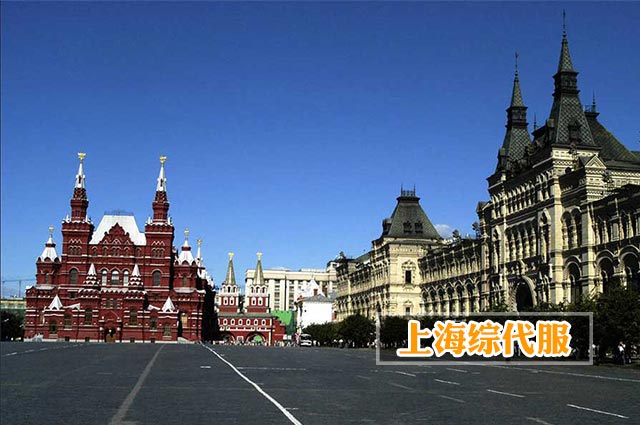In import and export trade, understanding of the Russian clearing process and the required documents is critical. Russia, as an important international trade market, has unique clearing rules and regulations, which put forward a series of specific requirements for both importers and exporters. In order to ensure goods enter the Russian market smoothly, enterprises must strictly follow these procedures and regulations.Import customs clearance。
Requirements for the transport of imported goods to the Russian border
When the goods and their means of transport arrive at the Russian border port, the carrier or freight company must submit the following important documents and information within 15 days:
The country and details of the registration of the means of transport.
2) Name and address of the carrier.
Name of the country of dispatch and destination of the goods.
Detailed information about the sender and recipient.
Relevant commercial documents held by the carrier.
Goods marks and packaging types.
Product name and product code (at least the first four digits).
Net weight or volume of goods, except for large goods.
Any information prohibiting or restricting the entry of goods into Russia.
International transportation of goods.
In addition, details of the destination, mode of transport and schedule of the goods must also be provided if the transfer is required.
Import goods declaration and clearance process
1 Requirements for Customs Reports
(1) In Russia, only authorized Russian citizens or companies may act as customs respondents.
(2) When handling import procedures, the customs reporting agency or the customs reporting agent shall conduct a detailed review of the documents provided to ensure the authenticity and completeness of the information.
(3) Customs declarants must correctly fill out the customs declaration and submit all necessary documents and information.
Customs declaration documents and documents to be submitted
(1) Complete customs declaration of imported goods.
(2) All relevant commercial documents, such as contracts, invoices, shipping bills, receipts, etc.
(3) Transport or transfer related documents.
(4) Required approvals, licenses, certificates and relevant documents for the import of restrictive goods.
(5) Proof of origin of goods and relevant information on the calculation of customs duties.
(6) certification documents of customs agencies and customs official documents issued by the Russian Customs.
Payment of import duties
(a) The carrier or customs reporting agent shall pay all customs duties and charges in due time or provide corresponding customs guarantees based on customs calculations.
(b) If the declared price is lower than the risk assessment price of the Customs, the Customs may require proof of the price or will be taxed at a higher risk price.
4 Release of goods
(a) The customs authorities shall release the goods within three working days if the customs declaration documents are correct, the tax has been fully paid and the goods are in conformity with the documents.
(b) Conditional release may be carried out by customs authorities for goods subject to special regulation, such as customs warehouses or temporary imports.
Mastering the Russian clearing processes and requirements is essential for any enterprise wishing to enter the country’s market. The correct and complete preparation of documents, as well as the strict observance of relevant regulations, will greatly increase the chances of successful imports. Exporters should invest the appropriate resources and time to ensure that each step is in compliance with the Russian customs regulations, in order to avoid unnecessary delays and costs.



 Follow customer service WeChat
Follow customer service WeChat